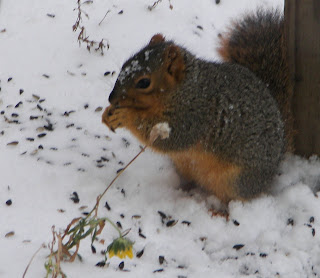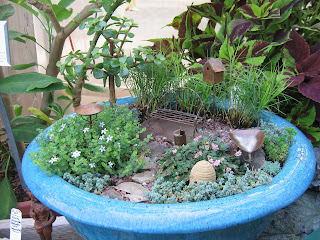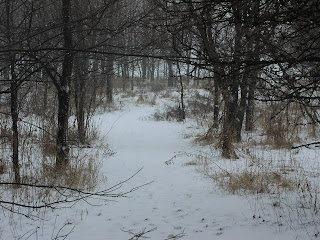Purple invokes a strong reaction from most people outside of the garden world. In the garden, it's a must have! I've posted many (perhaps too many) of my different purple daylilies as examples of the depth and use of purple in the garden.
Although I've featured only purple daylilies, purple abounds in flower selection. If you've never thought of it as the perfect color for your garden or you still have some thoughts that it is garish - try one this summer. It is definitely a must have color for English gardens and it adds depth to any other. It may become your new passion!
Wayside King Royal
A deep purple can be a true spotlight in the garden. As this daylily shows, it has enough depth of color to glow and bring the eye to that specfic place. Unknown Black Purple Velvet
This unknown purple is beautiful enough to stand on it's own but I've placed it between a very large pale peach and a deep orange. The deep purple helps the peach and orange stand out. 

Catherine Woodbury
Pale lavender will always look fragile and delicate and it's important to place it where it isn't overshadowed by a more robust color - such as bright gold. It will showcase beautifully against dark green.Unknown Tiny Purple
This purple is on a very small daylily that could get lost in other flowers. I tend to plant my tiny purple daylilies by themselves and along traveled areas.Unknown Large Velvet Purple
This color shows beautifully if it's not too close to bright colors. This one needs moved because it's close to a deep dark red. Red is about the only color that isn't as compatible with purples. Even when they are the same hues they still compete and take away from the sense of order. Trahlyta
Duel purple colors, such as these two, help transition between other purple plants or can look lovely when placed with a solid color - such as Trahlyta beside a true yellow flower.Siloam David Kirchhoff
This small S. David Kirchhoff is so short and patterned, it really should stand alone as a display plant. Purple de Oro
Any "de Oro" is a workhorse and I tend to stick them where ever there's a hole in my garden. Their blooms have nice size and substance. As you can see, the yellow flowers pick up the eye of this flower.Night Beacon
This dark purple looks best where it can be seen easily. Heavily patterned or unusual lilies are best placed with the plainer varieties otherwise their beauty and individuality gets lost. Designer Gown
Designer Gown, as well as some of the other lavenders, can be like the above on some days and on other days they are more peach. Dark purples will sometimes not hold their color in bright hot sun or rain. Although I've featured only purple daylilies, purple abounds in flower selection. If you've never thought of it as the perfect color for your garden or you still have some thoughts that it is garish - try one this summer. It is definitely a must have color for English gardens and it adds depth to any other. It may become your new passion!
































 Popcorn ready for picking.
Popcorn ready for picking.















